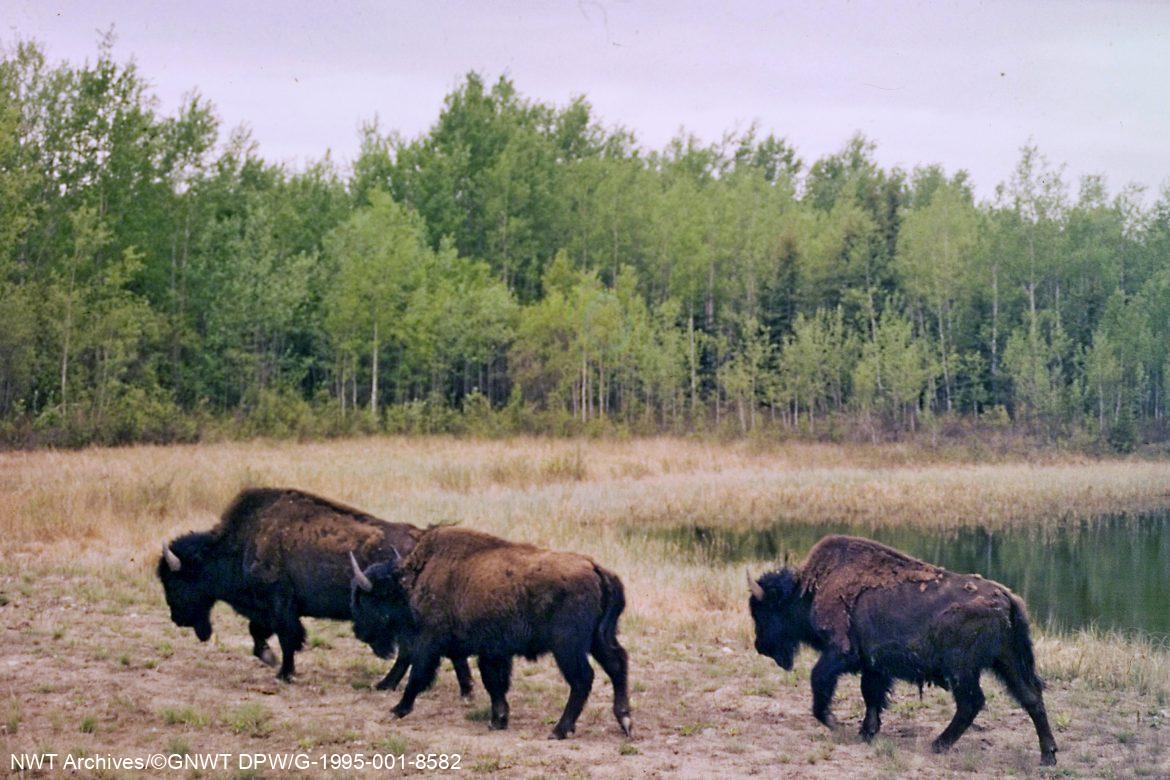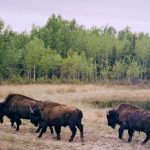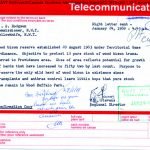1963
Mackenzie Bison Sanctuary
From nearly extinct to restored, the story of the wood bison is perhaps Canada’s most dramatic conservation triumph. In the early to mid-1800s, the northern wood bison were considered abundant, with their peak population estimated in 1850 to be 160,000 to 170,000. In 1950, 100 years later, the wood bison was initially believed to have become extinct.
The introduction of guns and trappers moving north in the 1900s reduced the number of wood bison to 200 to 500 animals. In the 1870s, the Canadian Government passed the Buffalo Protection Act making it illegal to shoot bison, but this made little difference in their decline due to lack of enforcement.
To help stabilize the wood bison population, the Northwest Mounted Police, who had established a post at Fort Fitzgerald in 1907, began to arrest people for shooting bison. Treaty 8 had promised continual, unchanging access to hunting grounds, and the restrictive enforcement of this regulation was in direct violation of the Treaty agreement. The Dene struggled with how to have their concerns heard and talk of bison extended into negotiations for Treaty 11. Developing a system of Indigenous-only game preserves ultimately did little to stabilize the food sources lost to the overhunting.
Meanwhile, the federal government purchased a herd of 709 plains bison from a rancher in Montana and moved them north to a reserve near Wainwright, Alberta. When the Wainwright herd grew dramatically, the government decided that more than 6,000 surplus plains bison could be moved north to the newly created Wood Buffalo National Park near Fort Smith. It was believed that the Park was large enough that the introduced plains bison would not come into contact with the indigenous and much smaller population of wood bison. Little or no consultation with local Dene people occurred to consider alternative actions.
Instead, the plains bison overwhelmed the wood bison, and through interbreeding, the pure wood bison subspecies were considered extinct by the 1950s. There were believed to be no pure wood bison remaining, and the mixed wood and plains bison in the Park were plagued by cattle diseases in the animals that had been moved north from Wainwright.
In 1957 the seemingly impossible happened, an airplane patrolling the northeast corner of the Park spotted an isolated herd of bison along the Nyarling River. These 200 animals appeared to be pure wood bison, and testing showed they were free of the diseases common in the main Wood Buffalo Park herd, so there likely hadn’t been any contact between the two populations.


